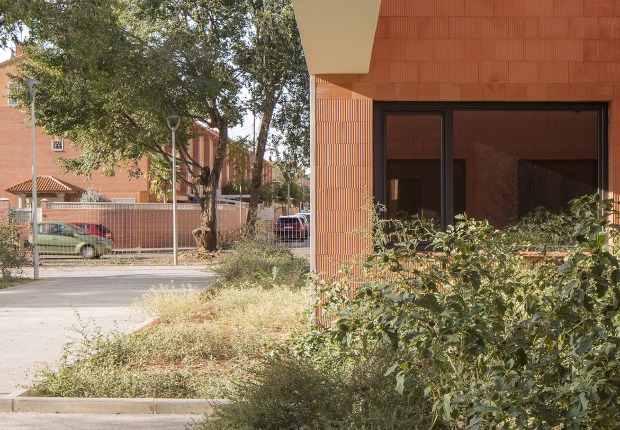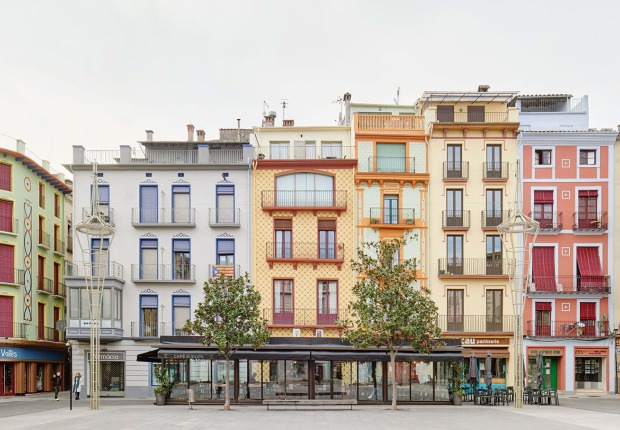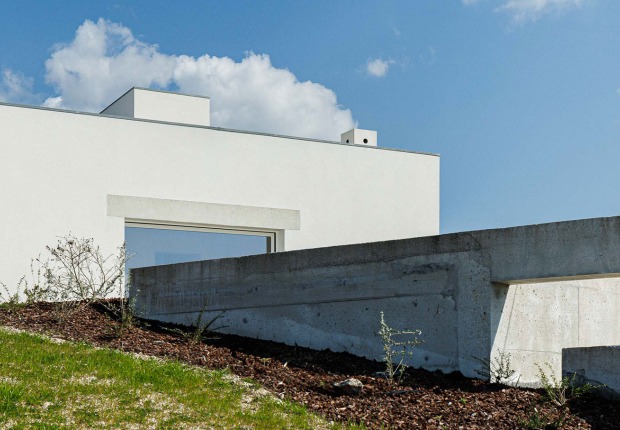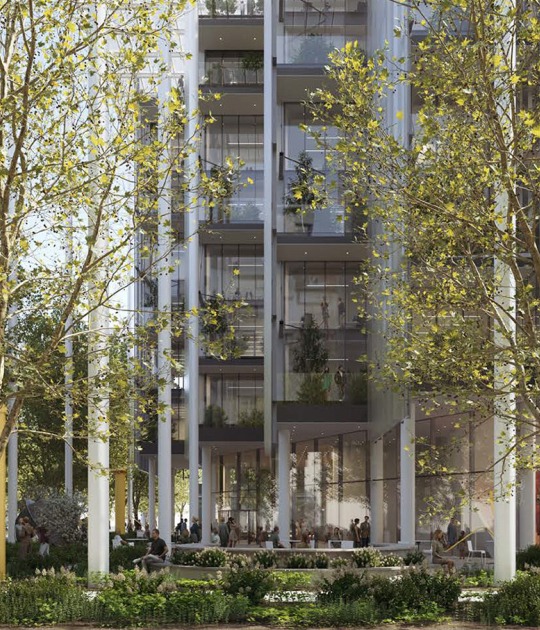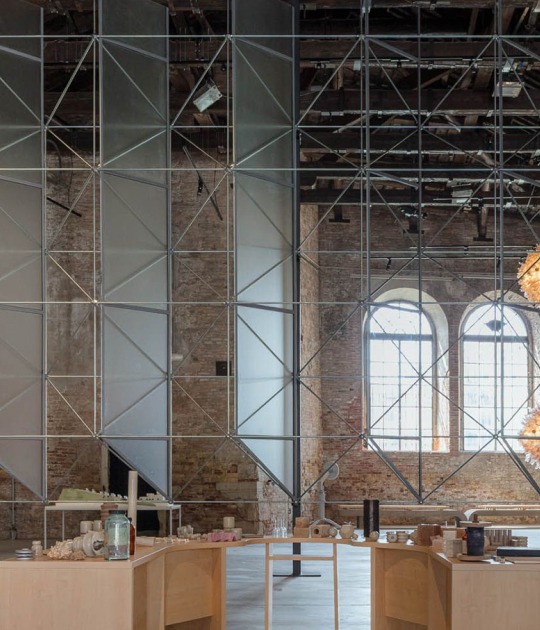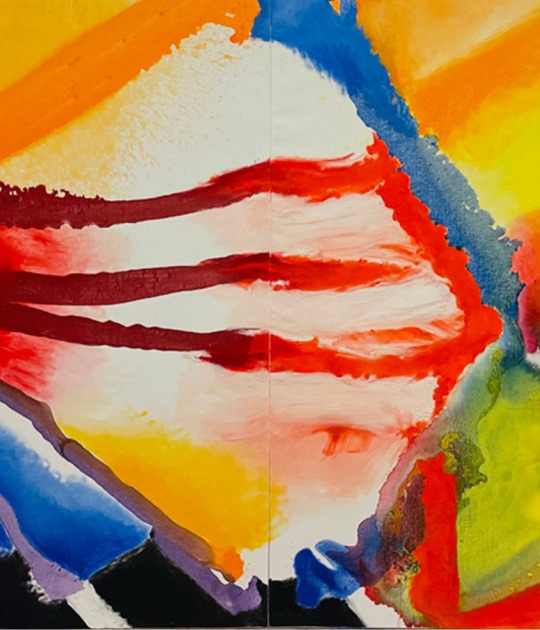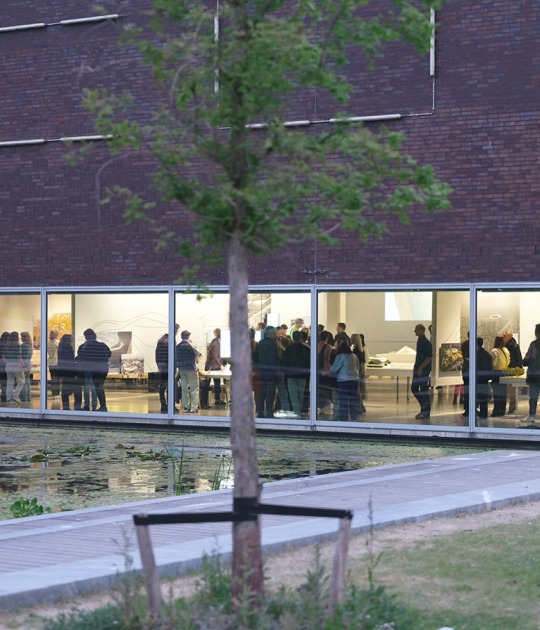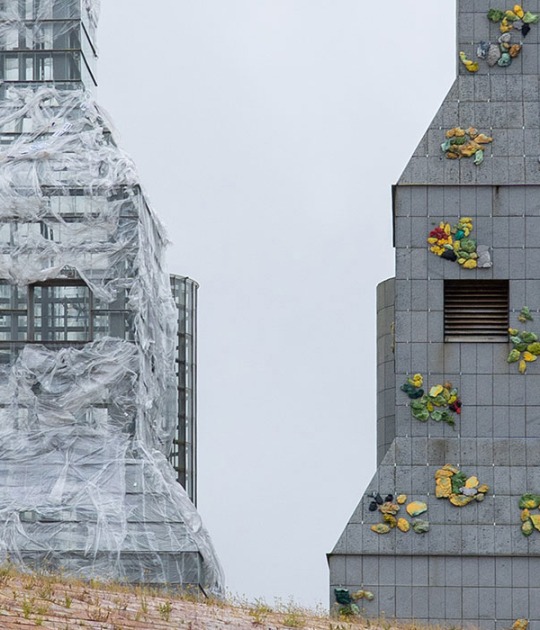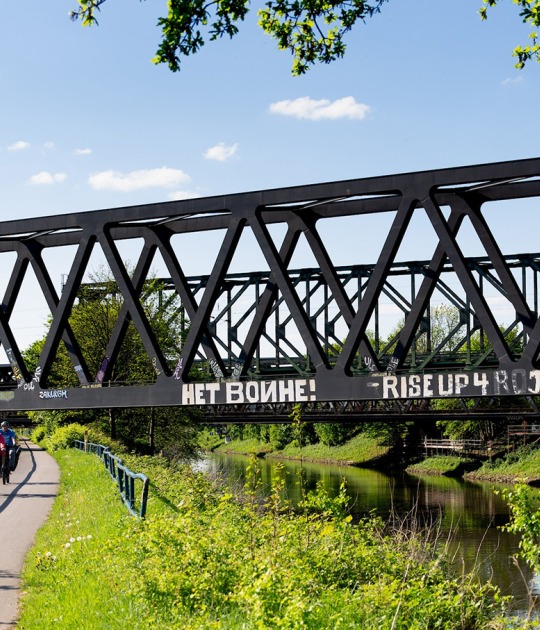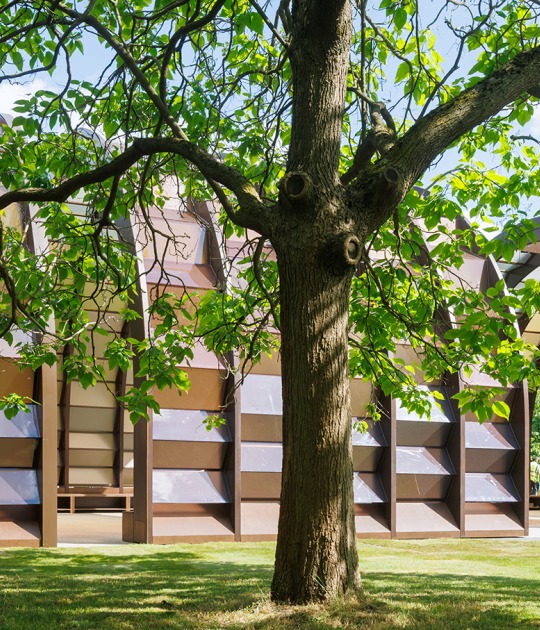The duo’s vision has finally come together thanks to an exhaustive body of drawings and other technical specifications left behind by the artist following his death in New York last year at the age of 84.
L'Arc de Triomphe, Wrapped (Project for Paris, Place de l'Étoile - Charles de Gaulle). Per Christo's wishes, the project has been completed by his team in partnership with the Centre des Monuments Nationaux (CMN), the government institution that manages the Arc de Triomphe.
Over 1000 workers will have contributed to the realisation of the project, which is now entering its final stage. A team of 140 workers including 95 climbers have been unfolding the fabric panels on each of the four facades of the Arc de Triomphe from its rooftop terrace.
This project rests on the professional talent and craftsmanship of approximately thirty companies, which include Les Charpentiers de Paris, who were also the builders for the wrapping of the Pont-Neuf in 1985; Réseau Jade, a French company specialising in rope access; the German engineering and design studio Schlaich Bergermann Partner (SBP); and the German membrane engineering company Büro Für Leichtbau.
The project is entirely funded through the sale of original works of art by Christo, including preparatory studies and collages, models, artworks from the 1950s and 1960s and lithographs. Like all of Christo and Jeanne-Claude's projects, it received no public funds or sponsorships.
An impossible work, at first, and finally desired (the project gave its first steps in 1962), the long-awaited wrapping of the Arc de Triomphe by the artist couple Christo and Jeanne-Claude is already a reality, twenty-four hours before its official debut (on Saturday September 18th).
It will be on view for 16 days from Saturday, September 18 to Sunday, October 3, 2021. The Arc de Triomphe will be wrapped in 25,000 square meters of recyclable polypropylene fabric in silvery blue, and 3,000 meters of red rope. The iconic monument Parisian was originally commissioned by Napoleon I in 1806.
It will be on view for 16 days from Saturday, September 18 to Sunday, October 3, 2021. The Arc de Triomphe will be wrapped in 25,000 square meters of recyclable polypropylene fabric in silvery blue, and 3,000 meters of red rope. The iconic monument Parisian was originally commissioned by Napoleon I in 1806.
More information
Published on:
September 16, 2021
Cite:
"Christo and Jeanne-Claude's L'Arc de Triomphe wrapped is a reality" METALOCUS.
Accessed
<https://www.metalocus.es/en/news/christo-and-jeanne-claudes-larc-de-triomphe-wrapped-a-reality>
ISSN 1139-6415
Loading content ...
Loading content ...
Loading content ...
Loading content ...
Loading content ...
Loading content ...
Loading content ...
Loading content ...
Loading content ...
Loading content ...
Loading content ...
Loading content ...
Loading content ...
Loading content ...
Loading content ...
Loading content ...
Loading content ...
Loading content ...
Loading content ...
Loading content ...
Loading content ...
Loading content ...
Loading content ...
Loading content ...
Loading content ...
Loading content ...
Loading content ...
Loading content ...
Loading content ...
Loading content ...
Loading content ...
Loading content ...
Loading content ...
Loading content ...
Loading content ...
Loading content ...
Loading content ...
Loading content ...
Loading content ...
Loading content ...
Loading content ...
Loading content ...
Loading content ...
Loading content ...
Loading content ...
Loading content ...
Loading content ...
Loading content ...
Loading content ...
Loading content ...
Loading content ...
Loading content ...
Loading content ...
Loading content ...
































